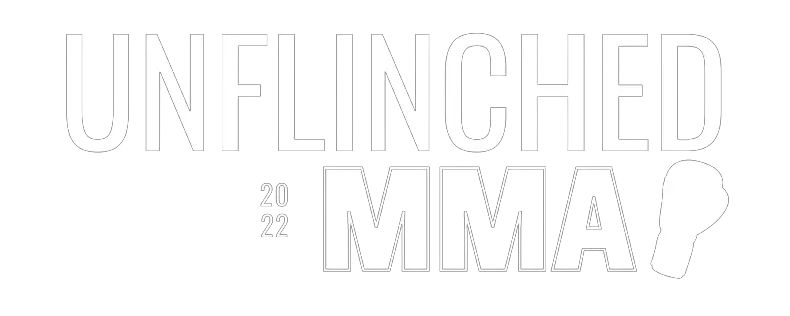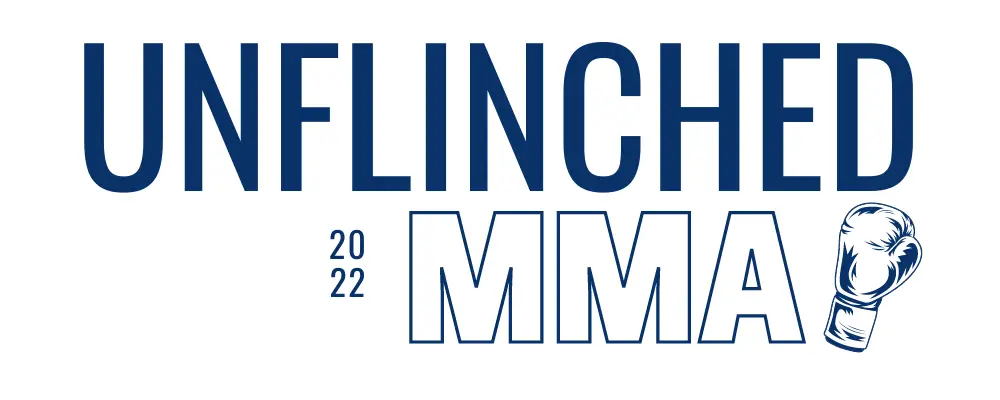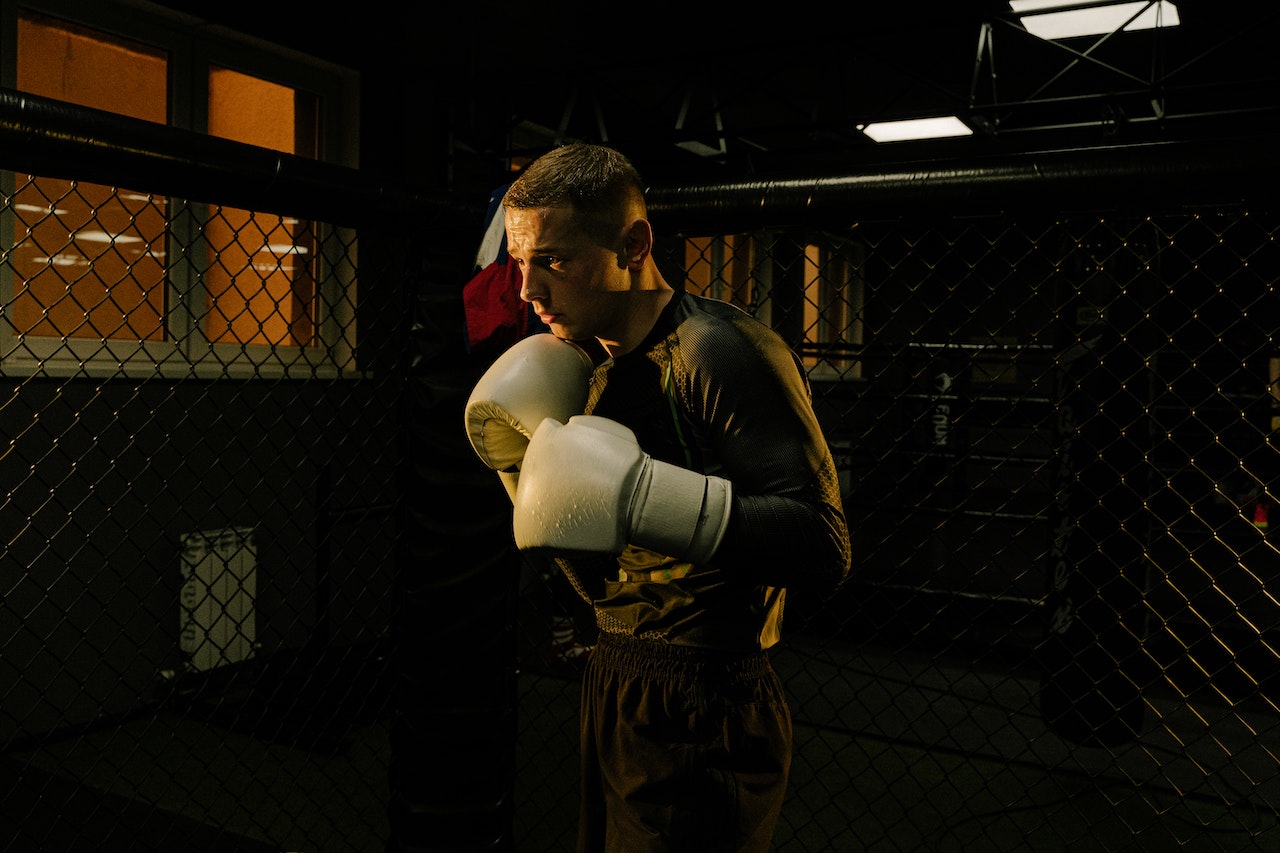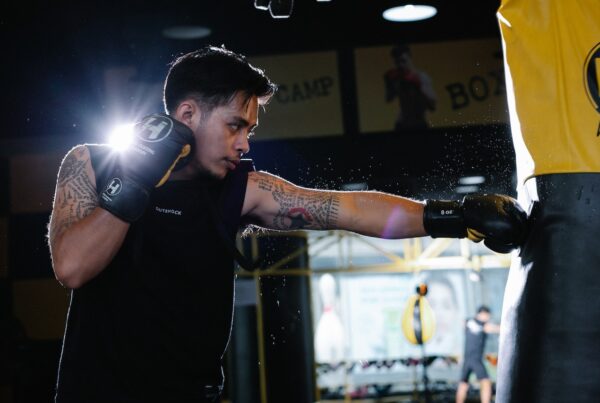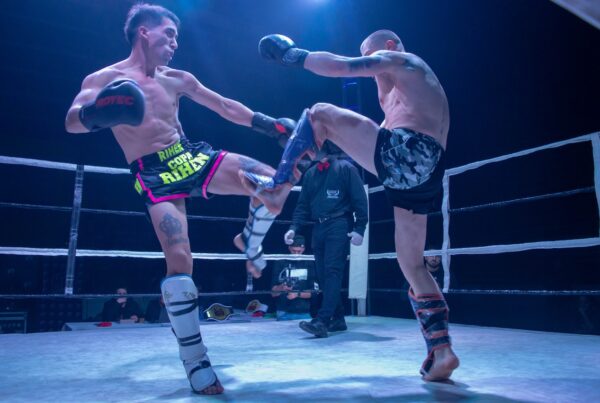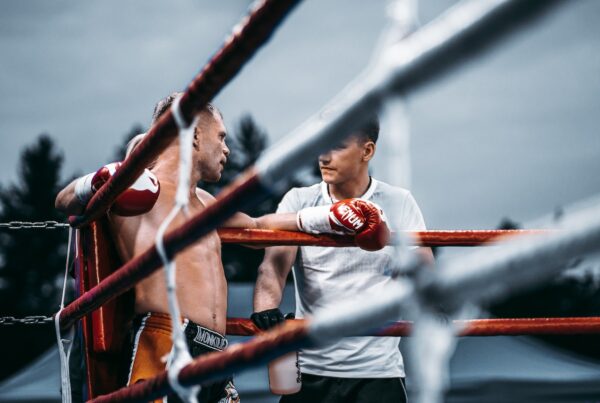Table of Contents
Should You Clench Your Fist Inside A Boxing Glove?
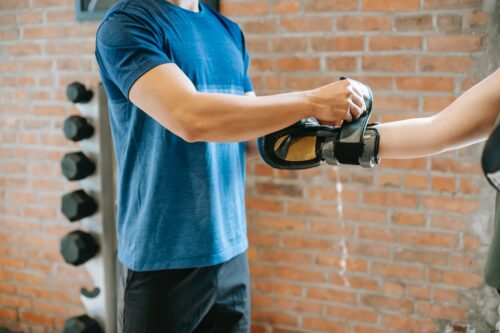
A boxing glove ought to fit cozily on your hand
You shouldn’t hold a clench too hard and too long inside a boxing glove as this can make the glove lose its shape. Furthermore, a well-fitting glove is significant for both security and execution. A free glove can sneak off your hand, leaving you powerless against injury.
A boxing glove ought to fit cozily on your hand, with no additional room inside the glove. Assuming that you hold your clench hand inside the glove, it can make the glove lose its shape and become free.
A free glove can sneak off your hand during a battle, leaving you helpless against injury. Furthermore, a well-fitting glove is significant for both security and execution. A free glove can impede your capacity to hold the other fighter, making it hard to land punches.
Picking a boxing glove that fits well is significant. The glove ought to be cozy however not excessively close. You ought to have the option to make a clench hand inside the glove without it being excessively close.
The glove ought to likewise cover your whole hand, including your fingers. While taking a stab at boxing gloves, make certain to make a clench hand to guarantee a solid match.
How Should Your Fist Be When Boxing?
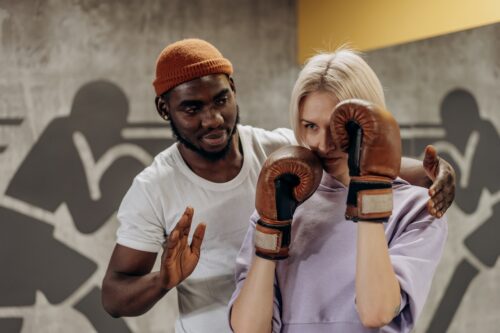
Curl your fingers properly
To make a proper fist start by extending all four fingers and fusing them together firmly to form a fist. But make sure you don’t clench the fist too hard and too long.
- Curl your fingers so that the tip of each finger touches its base.
- Continue to curl your hand, pressing your fingertip knuckles firmly into your palm. In between strikes, you can slightly relax your fist, but watch out for the little finger. On impact, make sure to squeeze the fist tightly once more.
- Along the middle of your middle and index fingers, fold your thumb downward. To protect your thumb from injury, keep it tightly curled in this position.
- To extend the right angle formed by the front and top of your fist, it’s crucial to keep your wrist straight. By doing this, you’ll be able to apply the maximum amount of force possible when you collide.
- The Seiken’s striking zone is formed by the middle fingers and index fingers’ thick knuckles. Be careful not to strike with the little or ring finger’s softer knuckles.
Also Read: How Tight Should Boxing Gloves Fit? Sizing &; Break-In Guide
How Hard Should You Clench Your Fist When Fighting?
You should not clench your fist very hard when fighting. This allows for more freedom of movement and greater force when you strike the bag. It is preferable to maintain your fist slightly open. Your fist’s tightness reduces the punch’s range of motion and force.
If you clench your fist hard while punching, your arm muscles will contract up and may increase the force but definitely reduce your speed. Keep your fist curved but not tight, and strike the bag with your top few fingers. You’ll be able to punch the bag with greater force and accuracy if you do this.
Wearing boxing gloves does not always cause boxers to clench their hands. It basically comes down to the boxer’s personal preference, how tightly the gloves are fitted, and the gloves themselves. It will take more practice to clench your fist while wearing well-padded boxing gloves.
Because it allows them to move more quickly and deliver more punches, some fighters favor keeping their hands open. Some boxers favor clenching their hands to give their blows additional force and a stronger grip. Whereas some boxers favor maintaining parallel, tightly-clenched hands.
Also Read: Cheap Vs Expensive Boxing Gloves: 9 Differences & Worth
Clenching Hard When Fighting: Pros and Cons
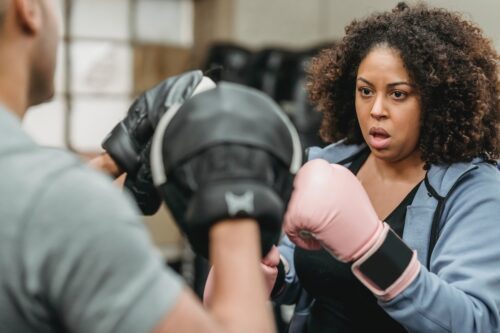
Pros
- Increase your punching force and accuracy.
- Increased possibility of hurting the opponent.
- Your punches become harder to block
- You now have a firmer hold.
Cons
- Your thumb and first two fingers take all the pressure when you clench your fist. Especially if you clench for a long time, this may cause pain in your hand.
- Your gloves may become loose and go out of shape quicker
Clenching Soft When Fighting: Pros and Cons
Pros
- Gain better hand-eye coordination.
- Increase punching speed and becomes more agile
Cons
- Decrease your punching accuracy.
- Lesser damage
FAQs
Should You Tighten Your Fist When Punching?
To prevent unravelling, make your fist just snug enough. The entire body, not just the arm, should be used when punching. You want to gather all of your energy into a spring-like coil before letting it all go in one swift, powerful motion.
Your energy will drain away through the spaces between your fingers if your fists are too slack. Your ability to produce enough power will be hampered if they are too close together.
To send all of that energy from your body directly to your opponent, you must find the Goldilocks Zone, which is just right—not too loose, not too tight. If your fist is overly clinched, the effort it takes to maintain the tightness will cause you to soon become exhausted.
If your fists are overly loose, energy will escape via the crevices between your fingers. They shouldn’t be too close together, as you won’t be able to generate enough power.
You must locate the Goldilocks Zone, which is exactly right—not too loose or tight—in order to transfer all of that energy from your body into your adversary. If your fist is too clenched, you will soon grow weary from the effort it takes to keep it that way.
Should you tuck your thumb in when punching?
There are two reasons why you should tuck your thumb beneath your curled fingers when punching. It gives your punch a stronger foundation to land on first. Your thumb won’t get hurt as a result, second.
It’s possible for your thumb to become entrapped between your knuckles and the thing you’re pounding if you extend all of your fingers when striking. Your thumb could suffer catastrophic damage as a result of this. Your thumb is kept from getting hurt by being tucked under your fingers.
Also Read: How Tight Should Boxing Gloves Fit? Sizing & Break-In Guide

